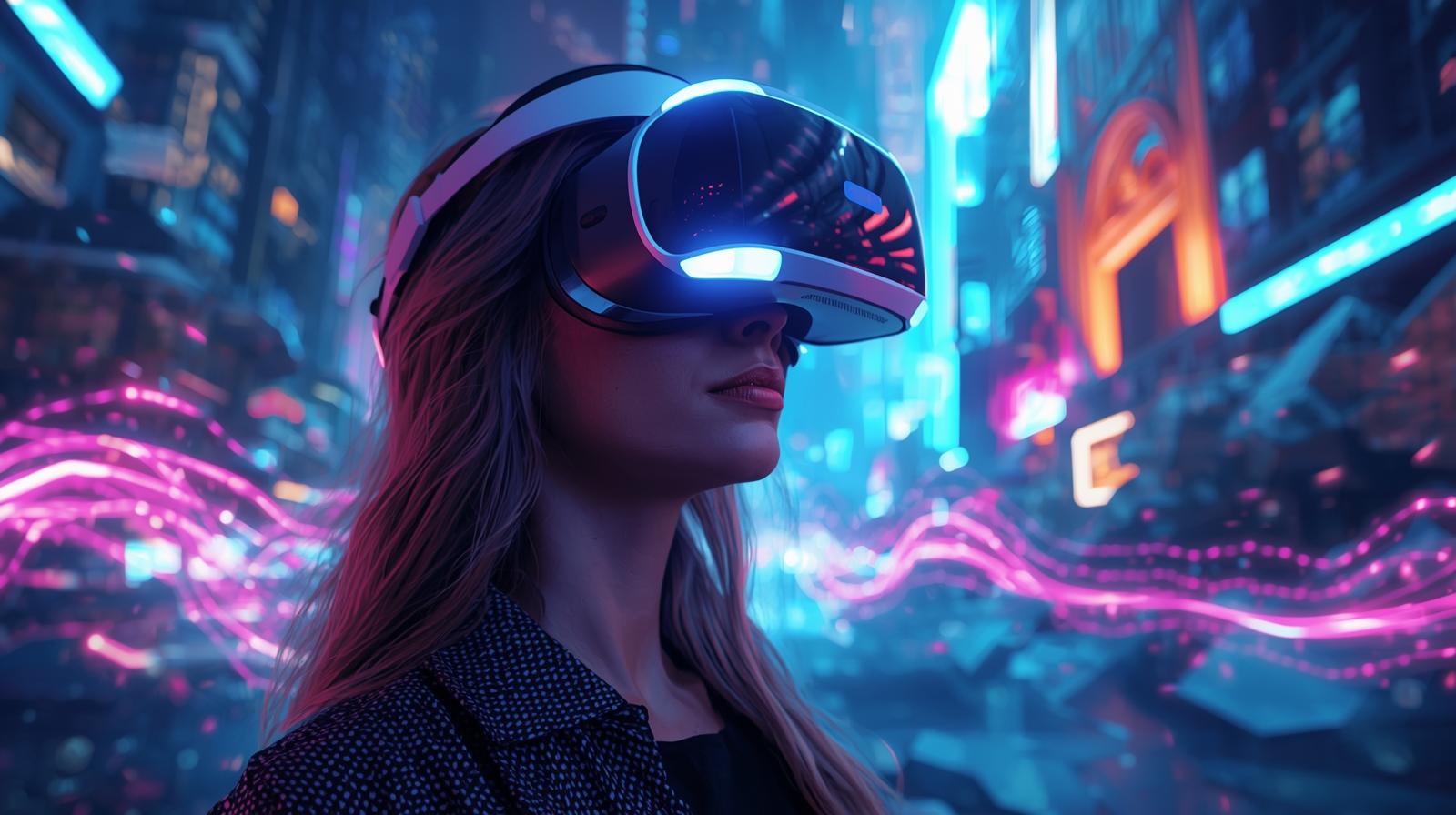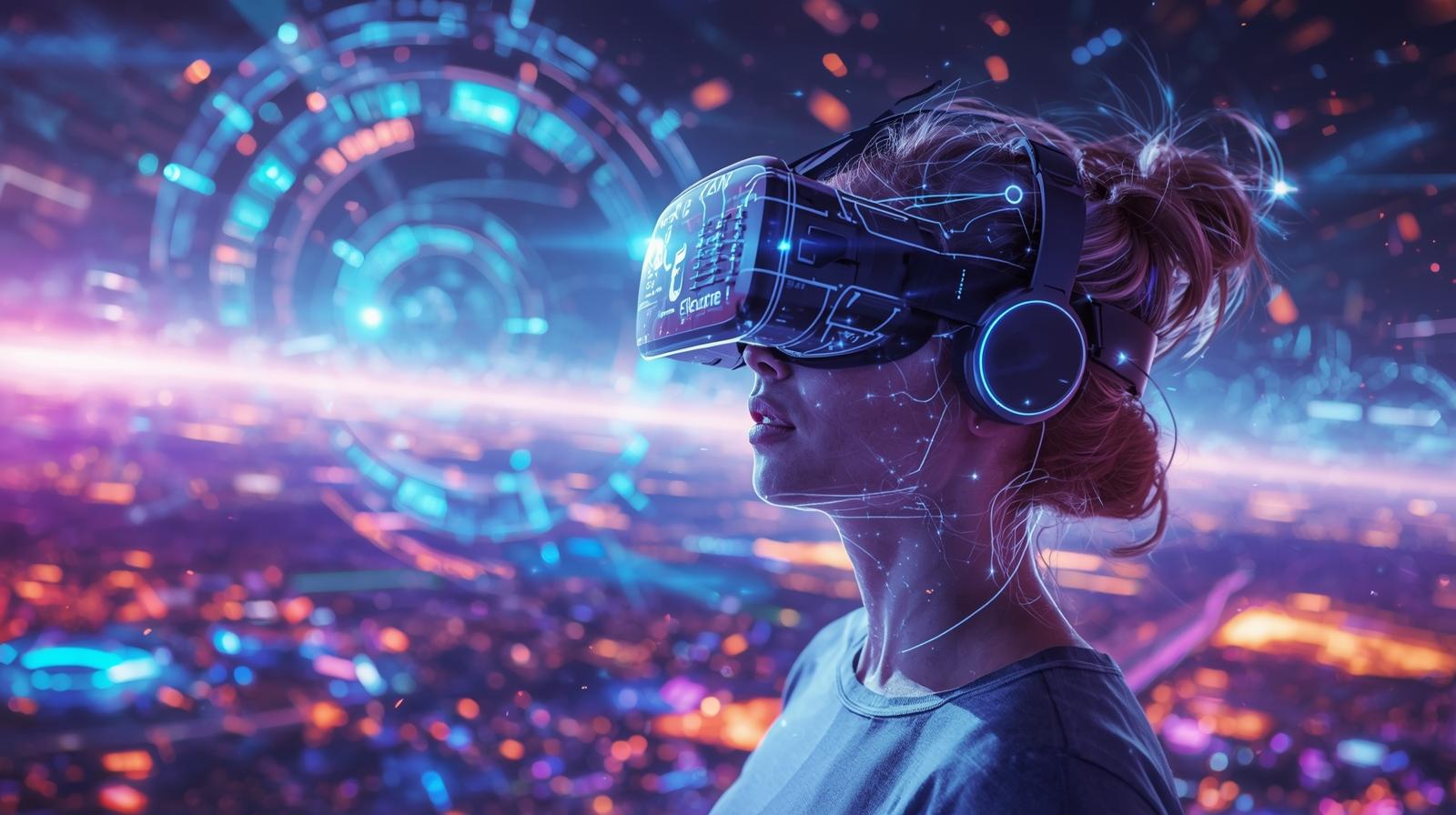The healthcare sector is perpetually evolving, embracing technological innovations to enhance patient outcomes and streamline clinical workflows. Among the most transformative technologies making significant inroads is virtual reality. The Virtual Reality Market in Healthcare Industry is no longer a speculative concept but a rapidly expanding reality. It is fundamentally altering traditional approaches to medicine, from complex surgical procedures to patient rehabilitation and medical education. This immersive technology creates simulated environments that offer unprecedented opportunities for training, treatment, and therapy. The integration of VR is paving the way for a more efficient, effective, and patient-centric healthcare model. This article provides a detailed exploration of this dynamic market, its key applications, and its promising future.

The global Virtual Reality Market was valued at USD 15.9 billion in 2024 and is projected to grow from USD 20.48 billion in 2025 to USD 38.0 billion by 2029, at a CAGR of 19.1% during the forecast period.
Defining the Virtual Reality Market in Healthcare
The Virtual Reality Market in Healthcare Industry specifically refers to the ecosystem of hardware, software, and services that utilize VR technology for medical purposes. This market encompasses a wide array of applications designed to improve various aspects of healthcare delivery. It includes sophisticated VR headsets, haptic feedback devices, and specialized software platforms. These tools are used by healthcare providers, medical institutions, and even patients themselves. The core value proposition lies in creating controlled, interactive, and three-dimensional environments that can be manipulated for therapeutic or educational benefit. This market is distinct from general entertainment VR due to its stringent requirements for accuracy, safety, and clinical validation.
Key Drivers Fueling Market Expansion
Several powerful factors are propelling the growth of the Virtual Reality Market in Healthcare Industry. The increasing global prevalence of neurological disorders and mental health conditions has created a pressing need for innovative treatment modalities. VR offers powerful tools for exposure therapy and cognitive rehabilitation. Simultaneously, the rising costs of medical education and surgical training are driving institutions to seek more cost-effective and scalable solutions. Technological advancements in VR hardware, such as higher resolution displays and more accurate motion tracking, have made the technology more viable for sensitive medical applications. Furthermore, growing investment from both private and public sectors is accelerating research and development, leading to more sophisticated and evidence-based VR healthcare solutions.
Download PDF Brochure @ https://www.marketsandmarkets.com/pdfdownloadNew.asp?id=458
Transforming Medical Education and Training
One of the most established applications of VR is in the realm of medical education and professional training. Virtual reality provides an unparalleled platform for students and surgeons to practice procedures without any risk to real patients. Trainees can perform virtual dissections, simulate complex surgeries, and rehearse emergency scenarios repeatedly. This hands-on experience builds muscle memory and clinical confidence in a safe environment. Medical schools and teaching hospitals are increasingly integrating VR modules into their curricula. This technology also allows for remote learning, where experts can guide trainees from different locations through the same virtual procedure, democratizing access to high-quality surgical education globally.
Revolutionizing Surgical Procedures and Planning
In the operating room, VR is moving beyond training into direct clinical application. Surgeons are now using virtual reality for meticulous pre-operative planning. By converting MRI or CT scan data into detailed 3D models, surgeons can navigate a patient’s unique anatomy before making a single incision. This virtual rehearsal helps in identifying potential challenges and optimizing surgical approaches, leading to greater precision and reduced operation times. During certain procedures, VR can be integrated with augmented reality systems to overlay critical information onto the surgeon’s field of view. This enhanced visualization minimizes risks and improves surgical outcomes, making complex operations safer and more predictable for patients.
Advancing Rehabilitation and Physical Therapy
The Virtual Reality Market in Healthcare Industry is having a profound impact on physical rehabilitation. VR systems turn repetitive and often monotonous physical therapy exercises into engaging and interactive games. Patients recovering from strokes, spinal cord injuries, or orthopedic surgeries can perform prescribed movements in a virtual environment. This gamification of therapy significantly boosts patient motivation and adherence to treatment plans. The technology also allows therapists to precisely track patient progress through data on range of motion, speed, and accuracy. Customizable VR scenarios can be tailored to meet the specific rehabilitation goals of each individual, making the recovery process more personalized and effective.
Innovating Pain Management and Distraction Therapy
VR is emerging as a powerful non-pharmacological tool for pain management. The immersive nature of virtual reality acts as a strong cognitive distraction, diverting the brain’s attention away from pain signals. This is particularly beneficial for patients undergoing painful wound care, burn treatment, or dental procedures. It is also being used to help manage chronic pain conditions, reducing reliance on opioid medications. Patients are transported to calming virtual worlds, such as a serene beach or a peaceful forest, which can lower anxiety and perceived pain levels. This application demonstrates the powerful connection between the mind and body, offering a safe and effective adjunct to traditional pain management strategies.
Enhancing Mental Health and Behavioral Therapy
The field of mental health is experiencing a revolution driven by the Virtual Reality Market in Healthcare Industry. VR enables controlled exposure therapy for conditions like post-traumatic stress disorder (PTSD), phobias, and anxiety disorders. Therapists can gradually expose patients to their triggers within a safe and manageable virtual setting. This allows patients to process and overcome their fears without being in actual danger. For example, a patient with a fear of flying can experience a virtual flight from takeoff to landing, all while guided by a therapist. This level of control and repeatability is difficult to achieve in real-world settings, making VR an exceptionally valuable tool for behavioral health professionals.
Addressing Challenges and Market Restraints
Despite its immense potential, the growth of the Virtual Reality Market in Healthcare Industry faces certain challenges. The high initial cost of advanced VR hardware and software can be a barrier to adoption for smaller clinics and hospitals. There are also concerns regarding data privacy and security, especially when patient health information is integrated into VR platforms. A significant hurdle is the need for more large-scale clinical trials to robustly validate the efficacy of VR interventions for various conditions. Furthermore, some users may experience cybersickness, a form of motion sickness induced by VR experiences, which can limit its applicability for certain patient populations. Addressing these challenges is crucial for widespread integration.
The Promising Future of VR in Healthcare
The future trajectory of the Virtual Reality Market in Healthcare Industry is exceptionally bright. Several emerging trends are set to define its evolution. The integration of artificial intelligence with VR will create adaptive therapy programs that respond in real-time to a patient’s performance. The rise of social VR platforms could enable remote group therapy sessions and support communities. The development of more affordable, wireless, and comfortable headsets will further drive adoption. We can also anticipate expanded use in areas like geriatric care, for cognitive stimulation, and in palliative care, to improve the quality of life for terminally ill patients through virtual travel and experiences.

An Immersive Future for Health
In conclusion, the Virtual Reality Market in Healthcare Industry represents a paradigm shift in how medical care is delivered, learned, and experienced. It is breaking down geographical and physical barriers, offering new hope for patients, and providing powerful tools for healthcare professionals. From revolutionizing surgical training to creating innovative therapies for pain and mental health, VR’s impact is both broad and deep. As technology continues to advance and become more accessible, its integration into standard care protocols will undoubtedly accelerate. The ongoing growth of the Virtual Reality Market in Healthcare Industry signals the dawn of a more immersive, efficient, and compassionate era for global healthcare.
Explore In-Depth Semiconductor & Electronics Market Research:
https://www.marketsandmarkets.com/semiconductorand-electonics-market-research-87.html
Frequently Asked Questions (FAQs)
1. What are the primary applications of the Virtual Reality Market in Healthcare Industry?
The primary applications include surgical training and simulation, medical education, pain management through distraction therapy, physical rehabilitation, and treatment for mental health conditions like PTSD and phobias via exposure therapy.
2. How does virtual reality help in surgical training?
VR allows surgeons and students to practice procedures on virtual patients in a risk-free environment. This builds skill, confidence, and muscle memory, and it enables repetitive practice of complex operations without using cadavers or risking patient safety.
3. Is virtual reality effective for pain management?
Yes, numerous studies have shown that immersive VR experiences can significantly reduce perceived pain levels by acting as a cognitive distraction. It is effectively used during wound care, burn treatment, and for managing chronic pain, often reducing the need for high doses of pain medication.
4. What are the main challenges facing the adoption of VR in healthcare?
Key challenges include the high cost of technology, the need for more clinical validation through large-scale trials, potential issues with data privacy and security, and the occurrence of cybersickness in some users which can limit usability.
5. What is the future outlook for the Virtual Reality Market in Healthcare Industry?
The future is promising, with trends pointing towards the integration of AI for personalized therapy, the use of social VR for remote care, the development of more advanced and affordable hardware, and expansion into new areas like elder care and cognitive decline prevention.
See The Latest Semiconductor Reports:
Proximity Sensor Market Size, Share & Trends : https://www.marketsandmarkets.com/Market-Reports/proximity-sensor-market-36281914.html
Terahertz Technology Market Size, Share & Trends : https://www.marketsandmarkets.com/Market-Reports/terahertz-technology-market-71182197.html
Cryocooler Market Size, Share & Trends : https://www.marketsandmarkets.com/Market-Reports/cryocooler-market-247727537.html
Time-Sensitive Networking Market Size, Share & Trends : https://www.marketsandmarkets.com/Market-Reports/time-sensitive-networking-market-215000493.html
Actuators Market Size, Share & Trends : https://www.marketsandmarkets.com/Market-Reports/global-actuators-market-59465451.html
Battery Technology Market Size, Share & Trends: https://www.marketsandmarkets.com/Market-Reports/battery-technology-market-253343109.html
